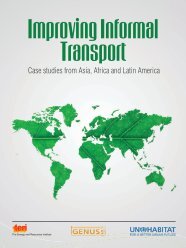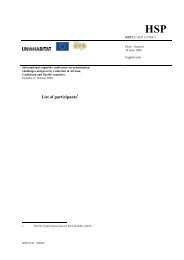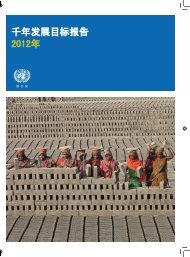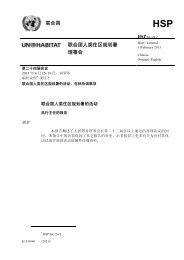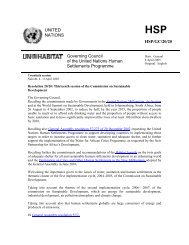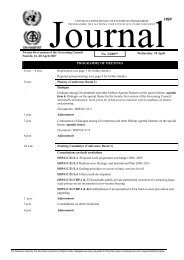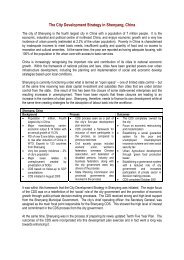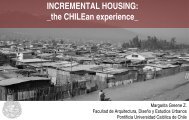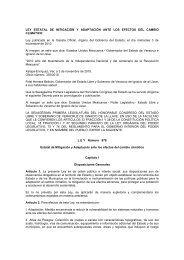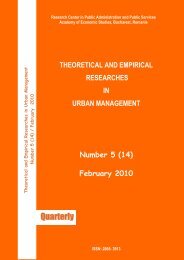Harmonious cities - UN-Habitat
Harmonious cities - UN-Habitat
Harmonious cities - UN-Habitat
Create successful ePaper yourself
Turn your PDF publications into a flip-book with our unique Google optimized e-Paper software.
COVER STORY Urban inequalities<br />
Not so<br />
harmonious<br />
<strong>cities</strong><br />
In many <strong>cities</strong>, wealth and poverty coexist<br />
in close proximity: rich, well-serviced<br />
neighbourhoods and gated residential<br />
communities are often situated near<br />
dense inner-city or peri-urban slum communities<br />
that lack even the most basic services.<br />
Income distribution (measured through Gini<br />
coefficient levels) varies considerably among<br />
less-developed regions with some areas, notably<br />
Africa and Latin America, exhibiting<br />
extremely high levels of urban inequality<br />
compared to Europe and Asia, where urban<br />
inequality levels are relatively low.<br />
Latin American and Caribbean <strong>cities</strong> are<br />
among the most unequal in the world, with<br />
Brazilian and Colombian <strong>cities</strong> topping the<br />
list, closely followed by some <strong>cities</strong> in Argentina,<br />
Chile, Ecuador, Guatemala and Mexico.<br />
Urban inequalities in this highly unequal region<br />
are not only increasing, but are becoming<br />
more entrenched, which suggests that<br />
failures in wealth distribution are largely the<br />
result of structural or systemic flaws.<br />
20<br />
u r b a n<br />
WORLD<br />
November 2008<br />
In Africa, urban income inequalities are<br />
highest in Southern Africa, with South African<br />
and Namibian <strong>cities</strong> exhibiting levels of<br />
urban inequality that rival even those of Latin<br />
American <strong>cities</strong>. Cities in sub-Saharan Africa<br />
that have recently emerged from apartheid<br />
systems of governance tend to be the most<br />
unequal. South Africa stands out as a country<br />
that has yet to break out of an economic and<br />
political model that concentrates resources,<br />
although the adoption of redistributive strategies<br />
and policies in recent years have reduced<br />
inequalities slightly.<br />
Huge income gaps and walled-off gated<br />
communities are the symbols of urban<br />
inequalities in many countries, writes<br />
Eduardo López Moreno in this global<br />
overview of regional trends.<br />
There is an ever-increasing gap between rich and poor in <strong>cities</strong> today Ph o t o © em i l iA n o SP A n A<br />
“The fault lines of urban poverty and inequality<br />
create an explosive mix for xenophobia.”<br />
South African writer Frank Meintjies in a<br />
recent article for Amandla Publishers.<br />
Unfortunately, rising economic growth<br />
rates in several African countries have not<br />
reduced income or consumption disparities.<br />
On the contrary, urban inequalities in many<br />
African <strong>cities</strong>, including Maputo, Nairobi<br />
and Abidjan, remain high as wealth becomes<br />
more concentrated. In general, urban income<br />
inequalities in African countries tend to be<br />
higher than rural income inequalities, and<br />
northern African <strong>cities</strong> tend to be more equal<br />
than sub-Saharan African <strong>cities</strong>.<br />
Asian <strong>cities</strong>, on the other hand, tend to be<br />
more equal than <strong>cities</strong> in other parts of the




